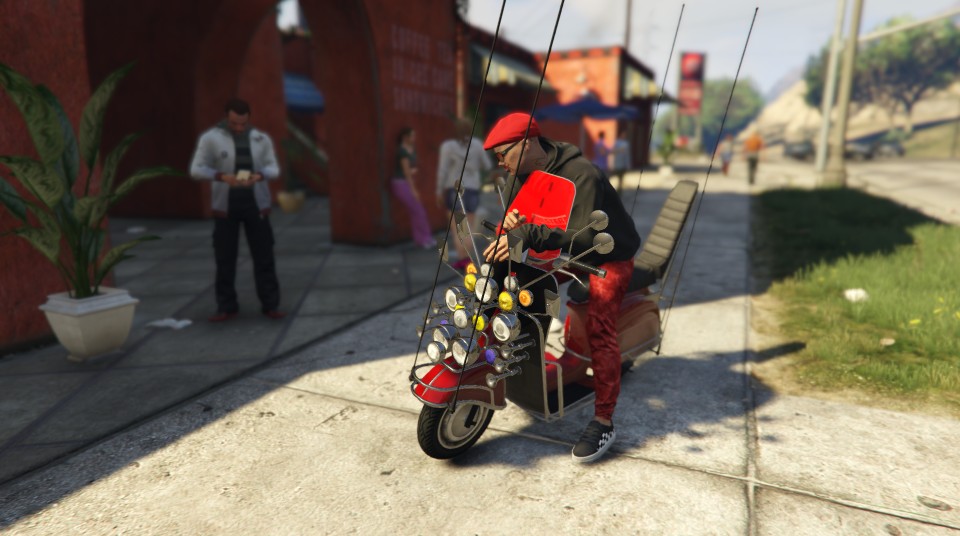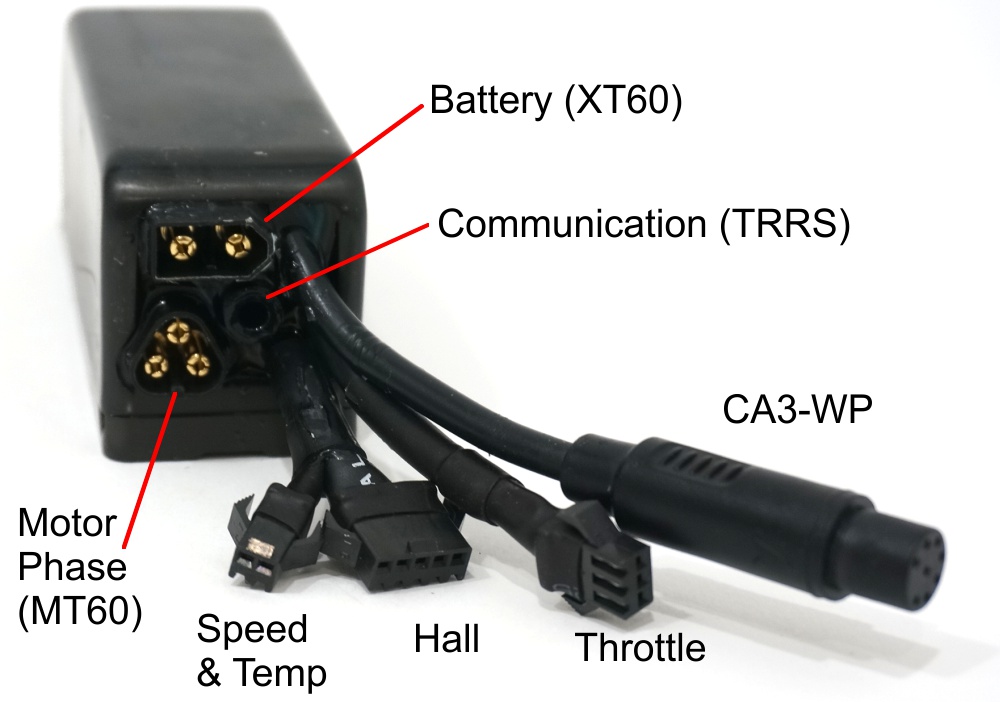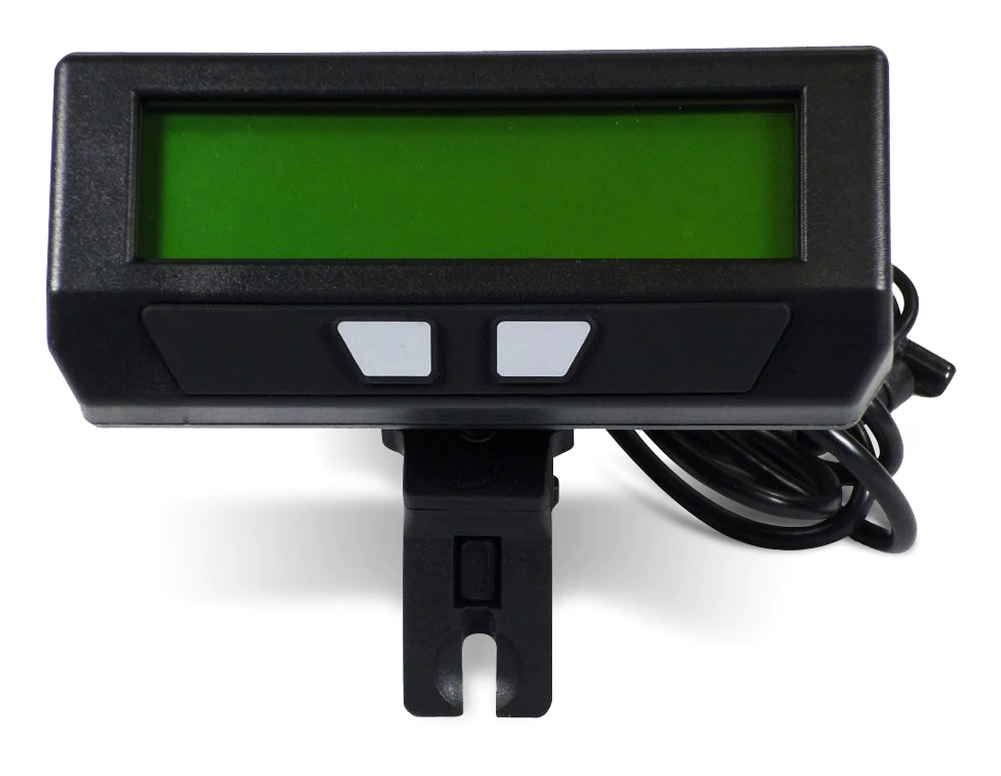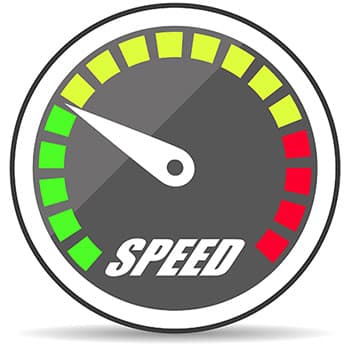
I’ll skip the lame “modifications” like my handlebars, my seat, my phone holder, the stickers on my bike, and all such mods and get to the really important things.
After many months of soul searching, I decided to take a leap into the unknown with my Super73 S1. My eBike is/was great as is, but with the influx of new models from Super73 as well as the ever-booming eBike market I was slowly falling behind (literally and figuratively). I’m definitely not the type of person to sell the bike I have (for a loss) just to spend even more money, so I decided to overhaul my electronics.
With the help from Danny from eDriftTrikes.com I ripped out the stock speed controller on my bike and opted to replace it with a very nice piece of kit. Danny and I chatted a bit and after listening to my overall goals for my bike, he recommended the Grin Technologies Phaserunner coupled with their Cycle Analyst Display.
Yes I said words and here is where I’ll explain what they mean!

The Phaserunner is a high-end field-oriented speed controller capable of running whatever motor I could dream of putting on my eBike. It is capable of running any battery from 20V all the way to 90V and let’s face it, I’m not really shooting for the moon with my Super73 S1.

The Grin Technologies Cycle Analyst is a display that’s made specifically to work with the Phaserunner and displays a plethora of stats like speed, power, battery voltage, amp draw, and motor temp just to name a few. Together they give me a platform to endlessly change the motor and battery on my eBike and even give me the option of moving it to another PEV.
Onwards!
With the ever-growing popularity of the 48V controller mod for the Super73 Z1 (I call it the Z2 mod), I viewed this setup as a more refined and more reliable version of that mod. Having these electronics on my bike would not only let me push the limits of my motor, but it would allow me endless adjustability so that I could fine tune the motor to my riding style.
Danny took care of the install and initial tuning of the new electronics while I took care of paying him for his outstanding quality of work. Not only does Danny do FANTASTIC work, he squeezed my build in and did on a very tight time-line. If you’re looking to go faster, Danny is the guy to talk to. He’s a distributor for all products offered by Grin Technologies and has a wealth of knowledge on what motor, battery, and settings produce the most reliable results.
Cool! So How Fast Can You Go?

Well after the first phase of this modification I was a bit underwhelmed; not with the work that was done, but with the current limit of my battery. Although I was able to reach 28 MPH, but I could only do so on a freshly charged battery and an ideal riding surface. At first I felt like I ruined my bike’s range, but thinking back on that it was the expected outcome of wanting more speed. This eased me for a bit since my initial range was 25-35 miles, after the mod it dropped to 15-25
My top speed was still hitting a hard limit since I asked Danny to program a power limit according to my stock battery’s capabilities. Once winter set in I did a bit more soul-searching and decided to make another large jump into the unknown. It’s common knowledge that upping the voltage on my battery would give me a performance boost, and since I wanted to find the limits of my stock motor without breaking the bank I decided to move to a 52V battery.

What I came up with after talking with my good friend Nak-Attack, we ended up building a 52V battery using 21700 cells. The main reason for moving away from 18650 cells is because they couldn’t provide both the capacity and power I needed to feed my new electronics.
My old battery is a 48V 14.5Ah pack in a 13S4P configuration that provided me with nearly 700 watt hours. My new battery is a 52V 33.6Ah pack in a 14S5P configuration which provides over 1700 watt hours which is well over DOUBLE the amount of capacity and yes that means over double the range!
Practical Range Comparison
Single 48V Battery (696 watt hours): 15-25 miles w/ 27 MPH top speed
Single 58V Battery (1700 watt hours): 40-100 miles w/ 32 MPH top speed
The running theory is that your power and speed increase proportionately to your battery voltage, so jumping from 48V to 52V should yield at least an 8% increase in speed and acceleration and in my case I obtained much greater results.
Why? I’ll tell you!

My stock battery was capable of delivering 48V multiplied by a max amperage of 25-amps resulting in a max power of 1200W of power. By simply switching to a 52V battery and without changing anything else on the controller that gave me a measly increase to 1300W. I gained MAYBE 1-2 MPH of top end speed and can vouch for a noticeable increase in acceleration, but you may still be asking yourself if that was it. It wasn’t >:)
I mentioned before that I had my bike tuned to the limitations of my stock battery. I’ll admit that I forgot all about that and thought I had made another costly mistake for little gain. WRONG! After realizing why I wasn’t getting the most out of my new battery I promptly connected my eBike to my laptop and dialed in more power.
My controller was set to cap the power at 1300W and only allow 25-amps of power from the battery. After talking to other folks that are pushing the envelope on their stock Super73 motors I confidently turned up my settings to allow 1750W of power and allowed the controller to pull 35-amps from the new 52V battery.
I was able to dial in more power because the new 52V battery pack was built for that very purpose. The pack that was built is capable of putting out 105-amps by itself, but I regulated it using a 60-amp BMS. Theoretically I can tell my controller to pull that much from the battery, but I am CERTAIN my motor will burn and that the phase wires will melt. Nehooz.
With the taps opened up a considerable amount I am now able to reach 33MPH on a freshly charged battery, and maintain an average speed of 30MPH throttle only. At first glance big whoop right? WRONG.
Using a more capable speed controller coupled with a stronger battery I was able to obtain over 25% more top speed over the stock controller my eBike shipped with and a very noticeable increase in acceleration.
